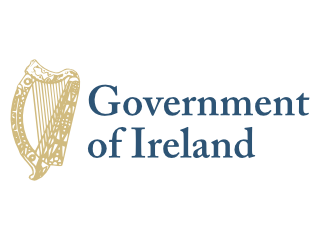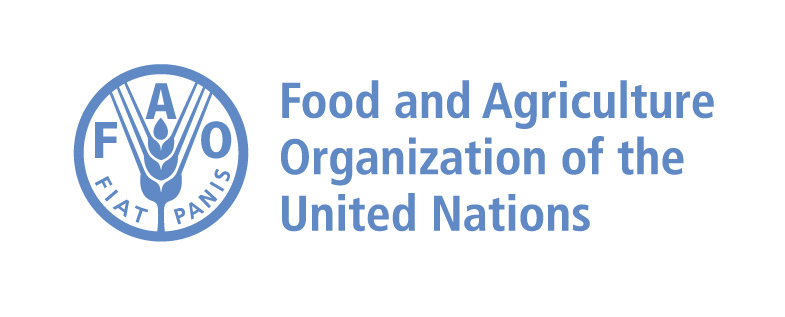Celtic tribes arrived on the island between 600 and 150 B.C. Invasions by Norsemen that began in the late 8th century were finally ended when King Brian BORU defeated the Danes in 1014. Norman invasions began in the 12th century and set off more than seven centuries of Anglo-Irish struggle marked by fierce rebellions and harsh repressions. The Irish famine of the mid-19th century saw the population of the island drop by one third through starvation and emigration. For more than a century after that the population of the island continued to fall only to begin growing again in the 1960s. Over the last 50 years, Ireland's high birthrate has made it demographically one of the youngest populations in the EU. The modern Irish state traces its origins to the failed 1916 Easter Monday Uprising that touched off several years of guerrilla warfare resulting in independence from the UK in 1921 for 26 southern counties; six northern (Ulster) counties remained part of the UK. Unresolved issues in Northern Ireland erupted into years of violence known as the "Troubles" that began in the 1960s. The Government of Ireland was part of a process along with the UK and US Governments that helped broker what is known as The Good Friday Agreement in Northern Ireland in 1998. This initiated a new phase of cooperation between the Irish and British Governments. Ireland was neutral in World War II and continues its policy of military neutrality. Ireland joined the European Community in 1973 and the euro-zone currency union in 1999. The economic boom years of the Celtic Tiger (1995-2007) saw rapid economic growth, which came to an abrupt end in 2008 with the meltdown of the Irish banking system. Today the economy is recovering, fueled by large and growing foreign direct investment, especially from US multi-nationals.
Ireland is a parliamentary republic.
Source: CIA World Factbook
Members:
Resources
Displaying 81 - 85 of 137European Union (Environmental Impact Assessment) (Integrated Pollution Prevention and Control) (No. 2) Regulations 2012 (S.I. No. 457 of 2012).
These Regulations amend the Environmental Protection Agency Act 1992 and the Planning and Development Act 2000 so as to require that an environmental impact assessment is carried out, in line with Directive No. 2011/92/EU, in relation to relevant decisions of the Environmental Protection Agency to grant an integrated pollution prevention and control licence.
Amends: Environmental Protection Agency Act, 1992. (1992-04-23)
Amends: Planning and Development Act, 2000 (Act No. 30 of 2000). (2000-08-28)
European Communities (Conservation of Wild Birds (Dingle Peninsula Special Protection Area 004153)) Regulations 2012 (S.I. No. 480 of 2012).
These Regulations designate a coastal area as a Special Protection Area in accordance with Article 4 of Directive 2009/147/EC of the European Parliament and of the Council on the Conservation of Wild Birds. The purpose is to ensure protection from disturbance, capture and damage to nests and eggs under Article 5 of the Directive for all species of birds, not just the birds listed on Schedule 3 (with the exception of those birds covered under Articles 7 for hunting and 9, where derogations are listed).
European Communities (Conservation of Wild Birds (Ballintemple and Ballygilgan Special Protection Area 004234)) Regulations 2012 (S.I. No. 463 of 2012).
These Regulations designate a coastal area consisting of land and marine waters as a Special Protection Area in accordance with Article 4 of Directive 2009/147/EC of the European Parliament and of the Council on the Conservation of Wild Birds. The purpose is to ensure protection from disturbance, capture and damage to nests and eggs under Article 5 of the Directive for all species of birds, not just the birds listed on Schedule 3 (with the exception of those birds covered under Articles 7 for hunting and 9, where derogations are listed).
European Union (Environmental Impact Assessment) (Planning and Development Act, 2000) Regulations 2012 (S.I. No. 419 of 2012).
These Regulations amend section 2, section 171A and section 172 of the Planning and Development Act 2000 so as to give further effect in Irish law to Article 3 of Directive No. 2011/92/EU of the European Parliament and of the Council on the assessment of the effects of certain public and private projects on the environment. The planning authority or An Bord Pleanála (the Board), as the case may be, shall consider whether an environmental impact statement submitted identifies and describes adequately the direct and indirect effects on the environment of the proposed development.
European Union (Environmental Impact Assessment) (Foreshore) Regulations 2012 (S.I. No. 433 of 2012).
These Regulations amend the Foreshore Act 1933 for the purpose of giving effect to Council Directive No. 2011/92/EU. They amend section 13A with respect to environmental impact assessment: The appropriate Minister shall, as part of his or her consideration of a relevant application, in accordance with paragraph ensure that, before a decision on the application is given, projects likely to have significant effects on the environment by virtue, inter alia, of their nature, size or location are made subject to an environmental impact assessment.


